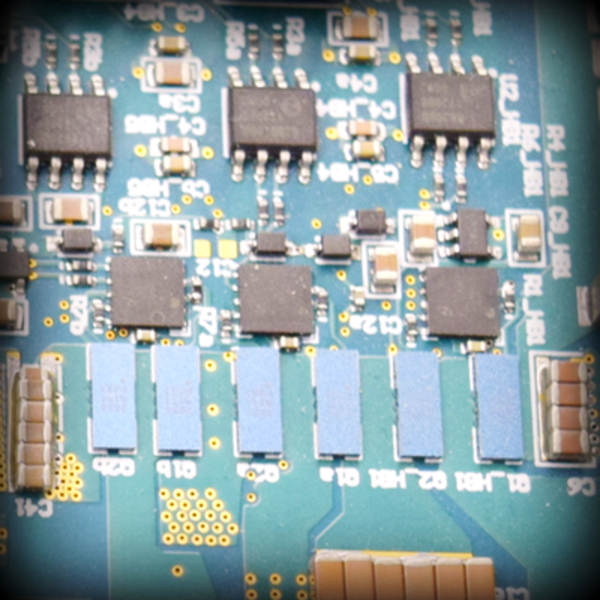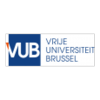Price:
5355 EUR
Contact
University of Colorado Boulder
Description
This course can also be taken for academic credit as ECEA 5706, part of CU Boulder’s Master of Science in Electrical Engineering degree.
This is Course #2 in the Modeling and Control of Power Electronics course sequence. The course is focused on techniques of design-oriented analysis that allow you to quickly gain insights into models of switching power converters and to translate these insights into practical converter designs. The design-oriented techniques covered are the Extra Element Theorem and the N-Extra Element Theorem (N-EET). Through practical examples, it is shown how the EET can be used to simplify circuit analysis, to examine the effects of initially unmodeled components, and to design damping of converters such as SEPIC and Cuk to achieve high-performance closed-loop controls. The N-EET will allow you to perform circuit analysis and to derive circuit responses with minimum algebra. Modeling and design examples are supported by design-oriented MATLAB script and Spice simulations. After completion of this course, the student will gain analytical skills applicable to the design of high-performance closed-loop controlled switching power converters.
We strongly recommend students complete the CU Boulder Power Electronics specialization as well as Course #1 Averaged-Switch Modeling and Simulation before enrolling in this course (the course numbers provided below are for students in the CU Boulder's MS-EE program):
● Introduction to Power Electronics (ECEA 5700)
● Converter Circuits (ECEA 5701)
● Converter Control (ECEA 5702)
● Averaged-Switch Modeling and Simulation (ECEA 5705)
After completing this course, you will be able to:
● Understand statement and derivation of the Extra Element Theorem
● Apply the Extra Element Theorem to converter analysis and design problems
● Understand the statement of the N-Extra Element Theorem
● Apply the N-Extra Element Theorem to converter analysis and design problems
● Apply techniques of design-oriented analysis to analysis, design, and simulations of switching converters
Specific details
Category of Education
Technology and Engineering







 How to resolve AdBlock issue?
How to resolve AdBlock issue? 


Comments (0)